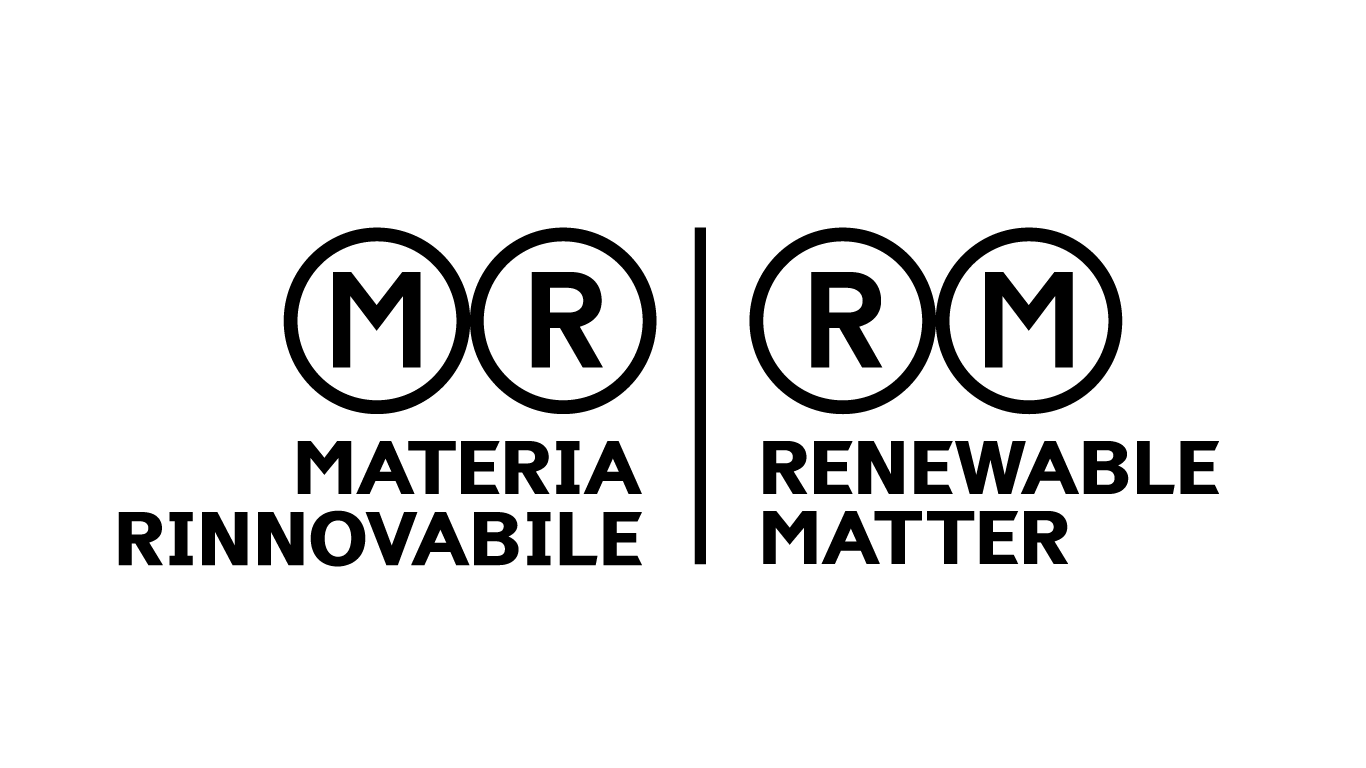
This article is also available in Italian / Questo articolo è disponibile anche in italiano
In recent years, the European debate on the role of finance has intensified, driven by the need to reconcile economic stability, ecological transition and social inclusion. In this context, the 7th Report on Ethical and Sustainable Finance in Europe provides a clear picture: ethical and sustainable banks are not only growing, but often perform better in the long term than systemic institutions under the direct supervision of the ECB.
Produced by Fondazione Finanza Etica, Fundación Finanzas Éticas and the European Federation of Ethical and Alternative Banks and Financiers (FEBEA), the report provides a detailed comparative analysis between 26 ethical banks affiliated with FEBEA and the Global Alliance for Banking on Values (GABV), and 60 systemic banks classified as “significant” under direct European Central Bank (ECB) supervision.
The findings demonstrate that ethical finance is not a marginal experiment but a resilient and competitive model, capable of combining financial solidity with measurable social and environmental impact.
Stronger Capital and Lending Orientation
A key element of the analysis is the use of the CAMEL methodology, which evaluates banking performance in terms of Capital Adequacy, Asset Quality, Management, Earnings, and Liquidity. On capital strength, ethical banks outperformed their systemic counterparts. In 2022, the average Tier 1 ratio of ethical banks stood at 23.32%, well above the 17.23% recorded by large European banks and more than double the minimum Basel III requirement of 11%. This indicates greater resilience in the face of financial risks.
The report further highlights the distinctive business model of ethical banks. While loans represent 68.84% of their total assets, systemic banks allocate just 51.64% to lending, preferring government bonds and financial instruments. This choice makes ethical banks more exposed to risk-weighted assets (43.76% of their portfolios versus 35.85% for systemic banks), but also more embedded in the real economy, particularly in financing households, SMEs, and social enterprises.
Non-Performing Loans: Contrasting Approaches
One of the critical differences between the two groups concerns the management of non-performing loans (NPLs). Ethical banks report an average NPL ratio of 5.78% in 2022, compared to 3.53% among systemic banks. However, when outliers such as Greek cooperative banks—still affected by the long aftermath of the sovereign debt crisis—are excluded, the average NPL ratio of ethical banks drops to 3.24%, broadly aligned with systemic peers.
More importantly, ethical banks rarely resort to large-scale securitisation or the sale of NPL portfolios to specialised funds. Instead, they maintain direct relationships with borrowers, seeking restructuring solutions and avoiding social disruption. The Cooperative Bank of Karditsa in Greece is a case in point: it reduced its NPE ratio below 10% by adopting personalised restructuring measures, suspending enforcement actions during natural disasters such as “Daniel” in 2023, and absorbing increases in Euribor without transferring costs to clients. This approach reflects a broader orientation towards social responsibility that goes beyond compliance.
Systemic banks, by contrast, frequently offload distressed assets through securitisation projects. Alpha Bank’s “Galaxy” transaction in 2021, involving €10.8 billion in NPLs, is cited in the report as one of the largest such operations in Europe. While effective in cleaning balance sheets, these practices often exacerbate financial exclusion for households and SMEs, transferring debt management to private funds with little incentive to negotiate.
Profitability and Efficiency
When it comes to profitability, systemic banks recorded a higher average Return on Equity (ROE) of 9.18% in 2022, compared with 5.93% for ethical banks. Yet historical data covering 2013–2022 reveal that ethical banks maintained consistently positive and stable ROEs, averaging around 5%, even during crises. In 2013, for instance, their ROE exceeded systemic banks by 5.85 percentage points. This resilience is explained by their limited exposure to volatile financial markets and greater reliance on deposit-funded lending.
On Return on Assets (ROA), ethical banks showed greater parity. In 2022 their ROA was 0.50%, only marginally below the 0.65% of systemic banks. Over the preceding decade, ethical banks often outperformed in this indicator, confirming the efficiency of their business model despite higher capitalisation levels.
Management quality presents a similar divergence. The cost-to-income ratio (CIR) of ethical banks averaged 65.74%, compared with 52.60% for systemic banks. At first glance this suggests lower efficiency. However, as the report notes, ethical banks’ stronger focus on credit provision—labour-intensive and requiring socio-environmental due diligence—naturally increases operational costs. By contrast, many systemic banks with lower CIRs are engaged primarily in securities trading, where costs per unit of income are lower.
Liquidity and Stability
Liquidity indicators further underline the robustness of ethical finance. The Loan-to-Deposit Ratio (LDR) of ethical banks averaged 81% in 2022, compared with 78% for systemic banks. The ideal regulatory range is considered between 80% and 90%, positioning ethical banks squarely within a zone of stability. Over the 2013–2022 period, their LDR consistently avoided the extremes observed among systemic institutions, where ratios at times exceeded 109%, exposing them to liquidity risks.
This capacity to combine prudent liquidity management with high levels of lending demonstrates that ethical banks are able to finance the real economy without undermining depositor security.
Broader Social and Environmental Role
The report stresses that ethical banks differ fundamentally in purpose as well as performance. Unlike systemic banks, where shareholder value dominates decision-making, ethical finance reinvests profits into social and environmental objectives. They finance renewable energy projects, cooperative housing, organic agriculture, and cultural initiatives, actively avoiding sectors such as fossil fuels and arms production.
With aggregated assets of €79.2 billion in 2022, deposits of €61.1 billion, and loans of €58.2 billion, the 26 ethical banks studied may represent only a fraction of Europe’s financial system, but their impact is disproportionately significant in the sectors they support. By publishing the list of credit recipients and often involving depositors in credit allocation, these banks also guarantee a level of transparency rarely seen in mainstream finance.
As the European Union advances its Green Deal and seeks to strengthen the social economy, the role of ethical finance will be central. The challenge, however, lies in regulation. Current “one-size-fits-all” rules, designed for systemic banks, often fail to capture the specificities of value-based models. Unless policymakers adapt frameworks to recognise this diversity, ethical banks risk being constrained despite their proven contribution to resilience, inclusion, and sustainability.
Also read: What is the impact of the climate crisis on banks? An interview with Rong Ding
Cover: Envato image



